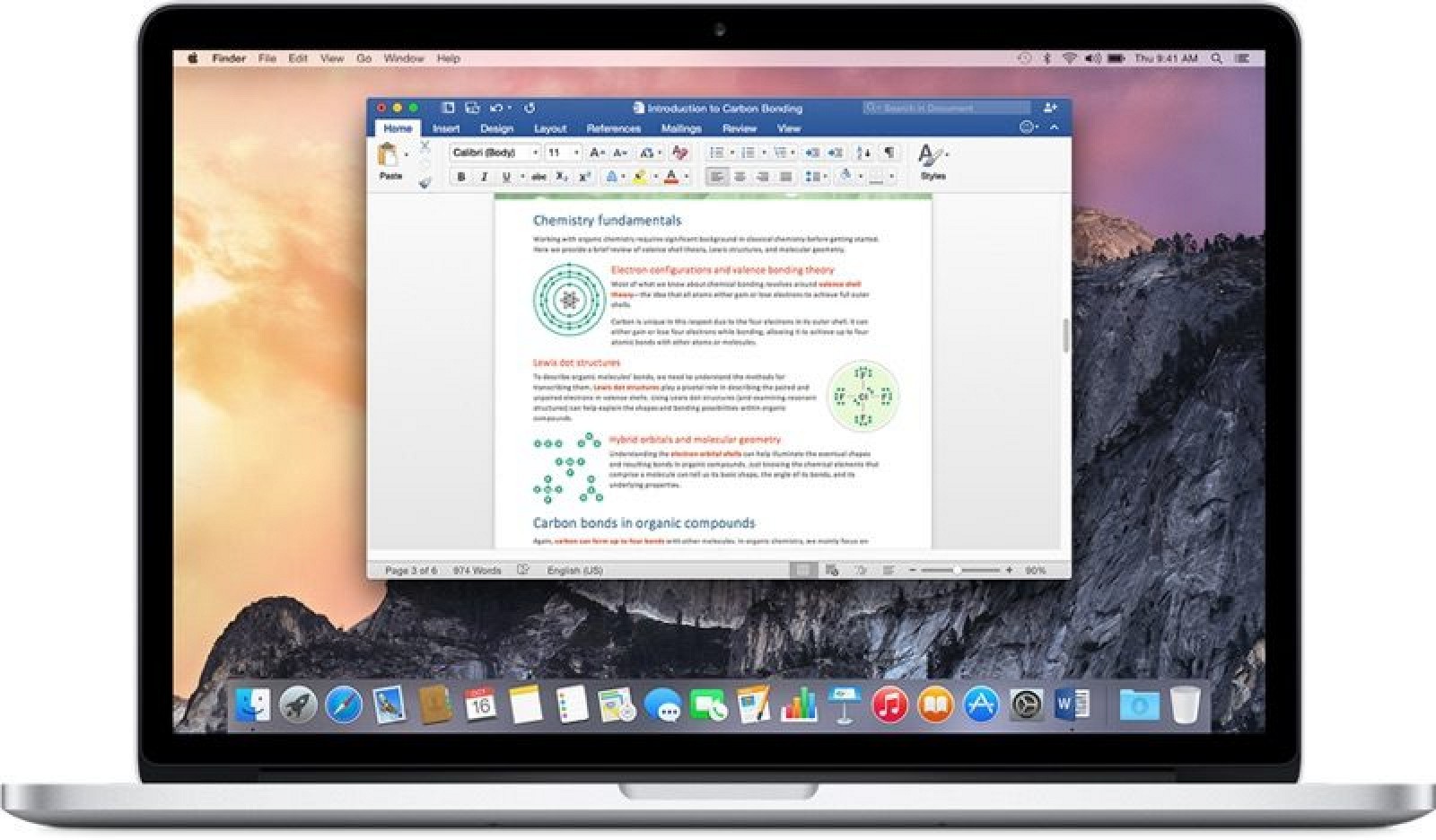Microsoft Office 2016 For Mac Manual
- Microsoft Office 2016 For Mac Manual 10
- Microsoft Office 2016 Mac Torrent
- Microsoft Office 2016 Mac Manual Updates
- Microsoft Office 2016 For Mac Manual Download
Jan 17, 2020 Office 2016 for Mac, which is available as a one-time purchase from a retail store or through a volume licensing agreement. This version receives security and quality updates, as needed, until October 13, 2020. Mar 10, 2020 The update history information for version 16.16 and earlier also applies to Office 2016 for Mac, which is also a version of Office for Mac that’s available as a one-time purchase. Older versions up to and including 16.16 can be activated with an Office 2016 for Mac volume license.
- Jun 04, 2019 Deploy updates for Office for Mac. 6/4/2019; 2 minutes to read; In this article. Applies to: Office for Mac, Office 2019 for Mac, Office 2016 for Mac Microsoft regularly publishes software updates to improve performance or security, and for Office 365 users, to update features.
- You can have Word hyphenate your text automatically as you type your text, or later, in one pass. You can also use manual hyphenation to have Word make hyphenation suggestions. Automatic hyphenation is quicker and easier, although manual hyphenation provides more control. Do any of the following.
- Install Office 2016 on a Mac Once the download has completed, open Finder, go to Downloads. On the first installation screen, select Continue to begin the installation process. Review the software license agreement, and then click Continue. Select Agree to agree to the terms of the software.
- Uninstall Office for Mac 2011. Open Finder Applications. Find and then drag the Microsoft Office 2011 folder to Trash. Restart your computer.
Applies to:Office for Mac, Office 2019 for Mac, Office 2016 for Mac
After Office for Mac is installed, users can configure settings for the apps. These settings are called preferences. As an admin, you might want to provide Office for Mac users in your organization with a standard set of preferences. For example, you can configure how often to check for software updates for Office for Mac - daily, weekly, or monthly.

Preferences for Office for Mac are stored in preference files. These files are often referred to as .plist files.
Important
There are changes in Office for Mac to improve security, including implementing Apple app sandboxing guidelines. These changes mean that you can't customize the app bundle before or after you deploy Office. But, preference files aren't part of the app bundle for an app, so you can make changes to these files.
With the TB of storage, even with all of my work documents, I don’t have any issues. Everything works well for me now on my Personal 365 One Drive. Microsoft onedrive stuck signing in mac. I finally gave up and moved everything to my Personal 365 One Drive, and abandoned my SharePoint account.
Preference files are stored in the app container, which isn't the same thing as the app bundle. The app container is created the first time an app is run. The app container is located in the user's ~/Library/Containers folder. For example, the app container for Excel is named com.microsoft.Excel. Within the app container, the .plist file is located in the Data/Library/Preferences folder. For example, the .plist file for Excel is named com.microsoft.Excel.plist.
The best way to add or edit preferences is by using the defaults command. For example, if you want to configure updates to be checked manually, you can open Terminal and enter the following command:
You can take an existing .plist file and modify it with your organization's preferences. In some cases, you can actually copy that .plist file to other computers in your organization that have Office for Mac installed. But that doesn't work in the case of all .plist files. Therefore, the preferred method is to create a script that incorporates all the defaults commands that you want to use to set preferences. Then deploy that script to your users. The script needs to be run in the user's context, because preferences are user specific. That also means that if several users share the same computer and each has a different login account, then the script needs to be run for each user of that computer.
Microsoft Office 2016 For Mac Manual 10

Microsoft Office 2016 Mac Torrent
Depending on which preferences you're configuring and how you deploy those preferences, the user might need to quit all Office apps and restart the computer for the preferences to take effect. Also, remember that the preferences you deploy might overwrite existing preference settings configured by the user.
Microsoft Office 2016 Mac Manual Updates
Note
Office for Mac 2011, which is no longer supported, also used preference files. There are some preferences in common between Office for Mac and Office for Mac 2011. Therefore, if you install Office for Mac on a computer that has Office for Mac 2011 installed, Office for Mac will automatically inherit some preference settings from the Office for Mac 2011 installation.